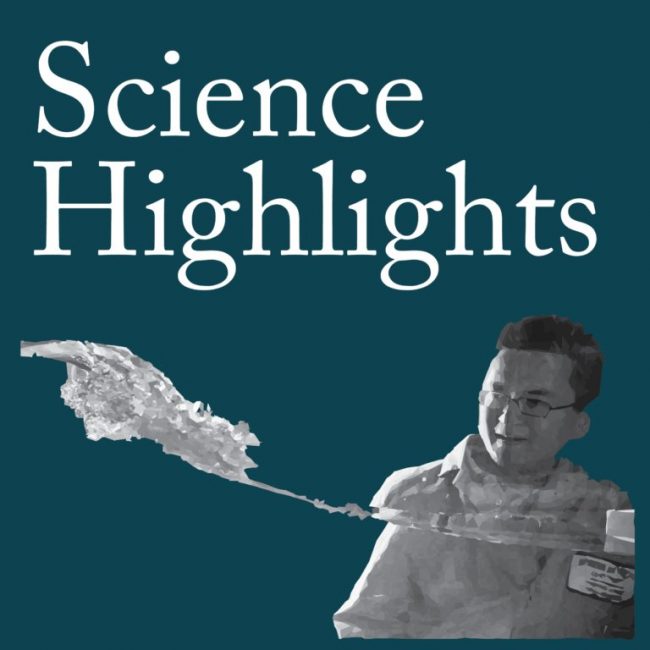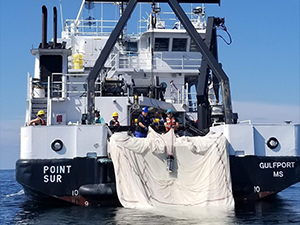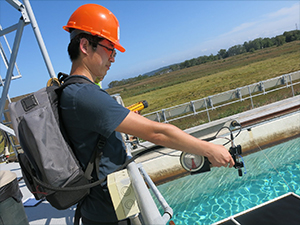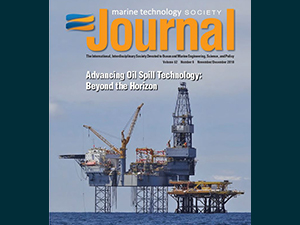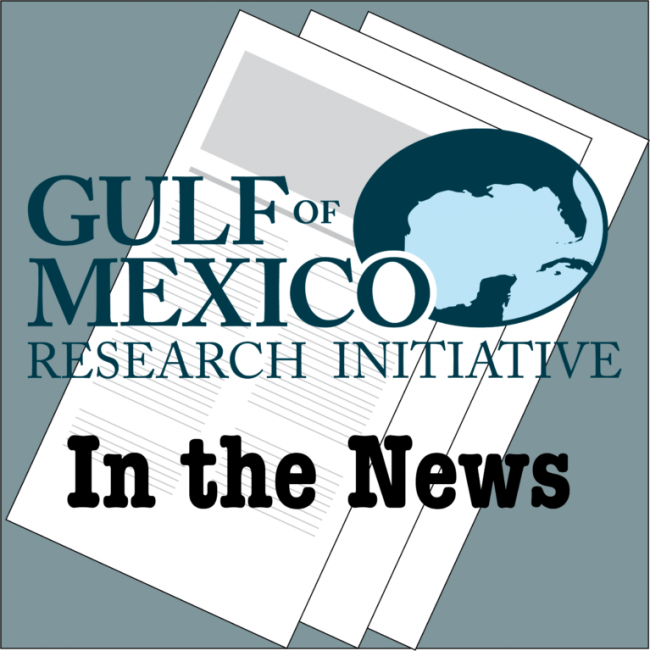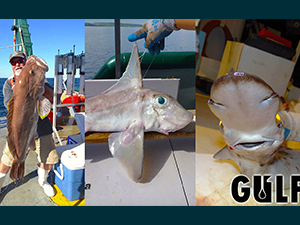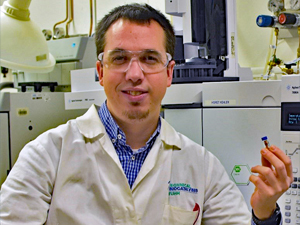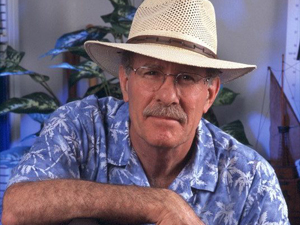Study Estimates Larger-than-Expected Oil Footprint Near the Damaged Taylor Energy Platform
Researchers analyzed remote sensing imagery to assess oil slicks near the Taylor Energy platform, which was damaged by Hurricane Ivan in September 2004, and determined how environmental conditions affected the slicks’ distributions.

